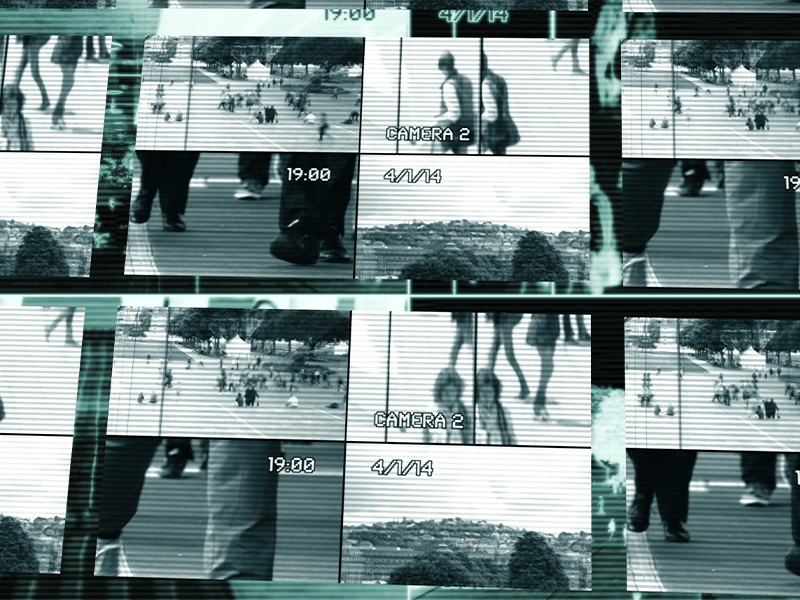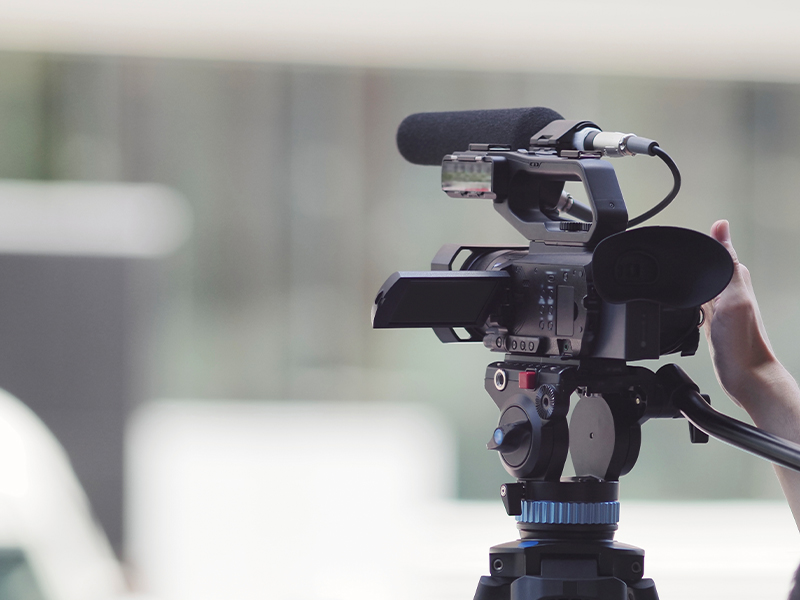In a courtroom, it’s not just the lawyers, judges, and juries who make or break a case; technology has joined the lineup as a silent, but incredibly impactful, player. As someone who’s seen the traditional courtroom transform into a tech-savvy landscape, I’m genuinely intrigued by the extent to which technology is influencing trial processes and outcomes. This article aims to explore this intersection of technology and law, and how it’s changing the face of justice itself.
The Conventional Courtroom vs. The Digital Courtroom
Let’s begin by stepping back in time, where stenographers rapidly transcribed proceedings, and lawyers presented cases with tangible piles of papers and physical evidence. Fast forward to today, and you’ll notice a shift towards the “digital courtroom.” We’re talking about video conferencing, digital evidence presentation, and AI-powered legal analytics, among other advancements. The contrast is like comparing an old black-and-white TV to a modern 4K Ultra HD smart TV; both serve the same purpose but do so in starkly different ways.
Accuracy and Speed
One of the most significant impacts of trial tech is the improvement in accuracy and speed. In the old days, transcription errors or misunderstandings could potentially alter the course of justice. With digital transcriptions and real-time annotations, this risk is substantially minimized. Software like TrialDirector or even broader platforms like Relativity can manage vast quantities of documents, ensuring that pertinent evidence is easily accessible and displayed in a manner that both the jury and judge can easily understand.
Democratizing Access to Information
The explosion of legal databases and analytics tools like LexisNexis or Westlaw has democratized access to essential legal materials. Today, even a small-town lawyer can tap into the same body of knowledge and case history as someone at a top-notch law firm in Manhattan. This democratization levels the playing field, helping drive more consistent and informed legal arguments.
Enhancing Engagement
Let’s not underestimate the human factor. We’re creatures driven by storytelling and visualization. The use of multimedia presentations to present evidence or reconstruct crime scenes can significantly influence a jury’s perception. Being able to show videos, display key text, or even use virtual reality to recreate scenes adds an emotional weight that mere words may not capture.
Real-time Collaboration
Video conferencing and cloud-based sharing aren’t just for corporate boardrooms. They are increasingly prevalent in courtrooms too, especially after the COVID-19 pandemic forced the justice system to adapt. This real-time connectivity means that key witnesses can testify without being physically present, thus expediting the trial process and reducing costs.
Ethical and Privacy Concerns
However, it’s not all roses. The integration of technology brings forth questions about data security, privacy, and even algorithmic biases in AI-powered legal analytics tools. How do we ensure that these technologies serve justice and not prejudice? That’s a debate that is just as fervent as the one about their advantages.
The Jury’s Out: A Personal Verdict
In my view, the advent of trial tech fundamentally changes the way we approach the justice system. While I can’t quantify its impact on trial outcomes—after all, the human elements of a case remain significant—I can say that technology provides tools to make the process more accurate, efficient, and accessible. However, it’s imperative that we proceed with caution, aware of the ethical landmines that this technological landscape may contain.
There you have it. Whether you’re a law practitioner or simply someone fascinated by the changing face of justice, trial tech is an evolving field that we can’t afford to ignore. It doesn’t just change the way professionals work; it changes the very essence of how we perceive and carry out justice. And that’s a transformation worth paying attention to.
So, next time you find yourself in a courtroom—either as a practitioner or a concerned citizen—take a moment to notice the digital devices around you. They’re not just gadgets; they’re the gears of a new justice machine.





